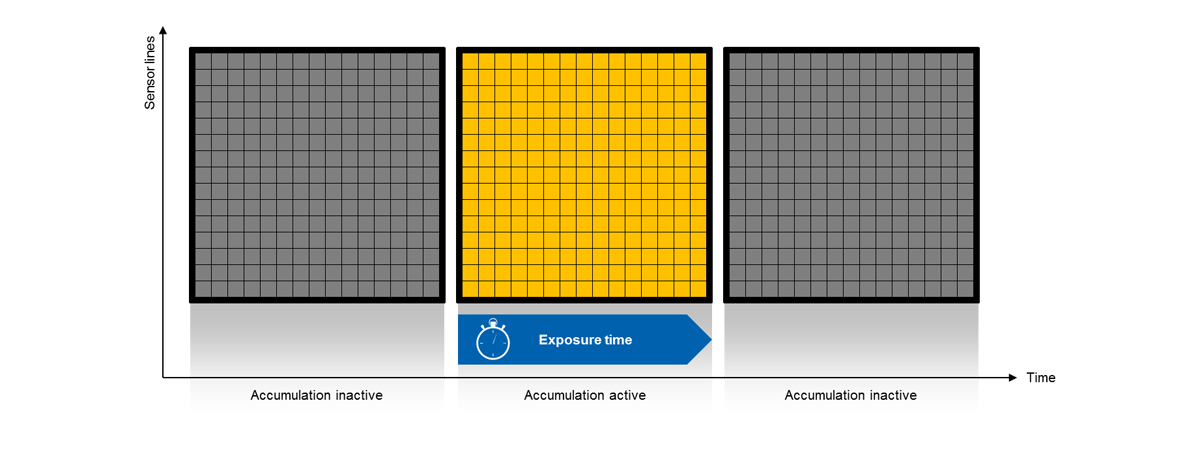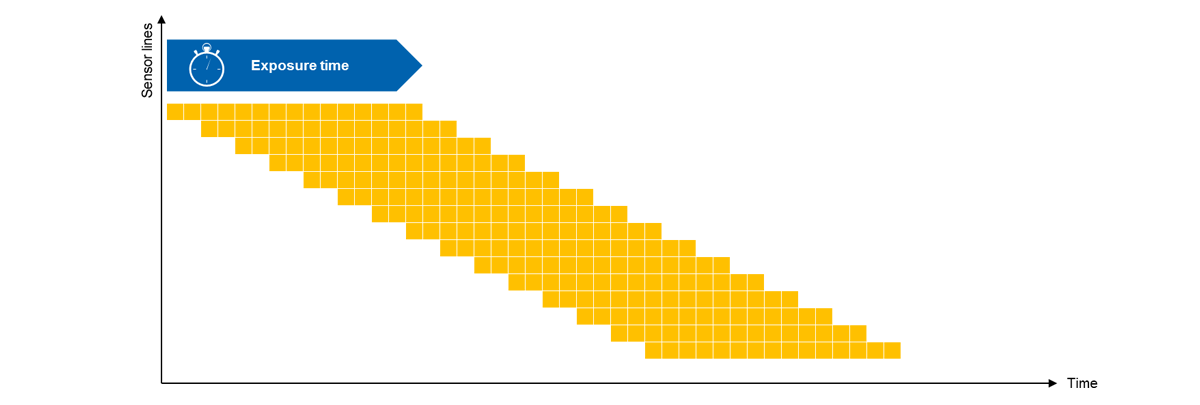Paul Spinnler
Well-known member
Without knowing insider information it is difficult to say in which division the losses accumulated. I would think the losses in bespike are not the main problem anymore after the internal restructuring since at this stage it is a very lean operation outside in. Sales are made via resellers, production and warehousing in Japan, only Drew and a sales head manage the business. The product has been developed and they are selling backs at a good margin.
Then again 1000 backs at 10000 margin are 10m, so if pre pandemic they were at 4000 backs and now at 1000 that’s 30m less, so a restructuring probably was driven by a sharp decrease in demand for backs.
Could be also that the B2B arm cost a lot to build up and still hasnt fully reached the scale where it is profitable - ie difficult to say outside in.
I am just saying that from the outside it looks like the back business is more or less sustainable even at a low demand level given the measures they have taken. My achromatic came directly from Japan via Denmark end of last year and hast made in Japan on it vs made in Denmark the years before.
Then again 1000 backs at 10000 margin are 10m, so if pre pandemic they were at 4000 backs and now at 1000 that’s 30m less, so a restructuring probably was driven by a sharp decrease in demand for backs.
Could be also that the B2B arm cost a lot to build up and still hasnt fully reached the scale where it is profitable - ie difficult to say outside in.
I am just saying that from the outside it looks like the back business is more or less sustainable even at a low demand level given the measures they have taken. My achromatic came directly from Japan via Denmark end of last year and hast made in Japan on it vs made in Denmark the years before.








